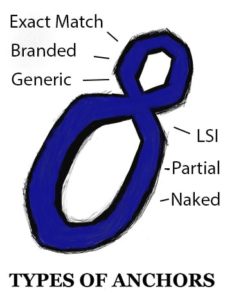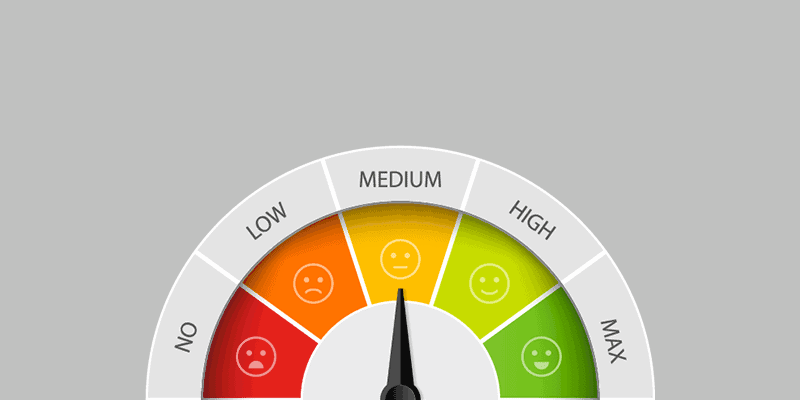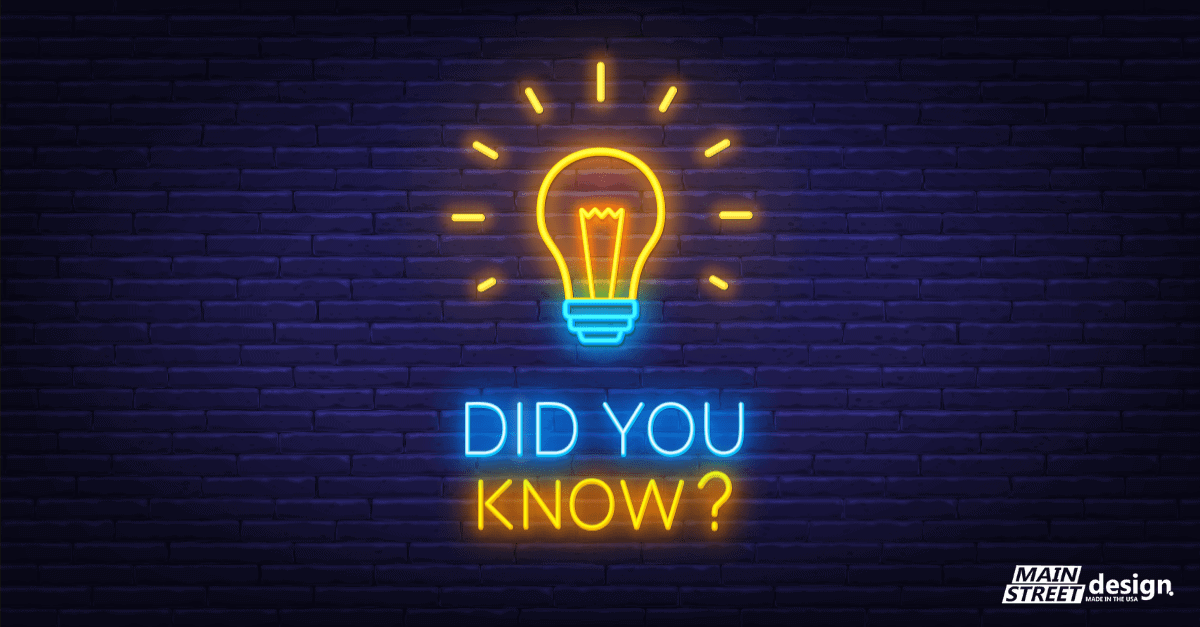Top practices for anchor text optimization for 2022
Table of Contents
Doing SEO for any consumer is intimately related to obtaining the foremost out of each link.

Anchor text is a vital component that “unlocks” each link’s potential — to the extent that Google had to roll out its 1st penguin update in 2012, cutting tried-
and-true anchor text over-optimization strategies out of the picture.
Over the past 5 years, the most effective practices of anchor text optimization have significantly evolved.
It’s time to find out how anchor text best practices will enable you to induce to gain out of links in 2022.
Anchor text and Google Penguin
The release of Penguin 1.0 in April 2012 caused an earthquake in the SERPs, changing around three of all search queries in English, German, Chinese, Arabic, and different standard languages. Since then, there is a minimum of 5 major Google Penguin updates:

Penguin 1.1 — May 2012
Penguin 1.2 — October 2012
Penguin 2.0 — May 2013
Penguin 2.1 — October 2013
Penguin 3.0 — October 2014
Penguin 4.0 — September 2016
Since Google releases its penguin updates periodically, some SEO professionals and marketers make the most of the gaps, pushing up SERPs with gray-hat anchor text practices (e.g., targeted anchor texts, lower-quality link-building), thus} get punished for doing so.
When it involves the connection between anchor texts and Google Penguin updates, the rule of thumb is simple: Follow Google’s pointers and avoid making an attempt to hack the system by aggressive anchor text practices. Sooner or later, Google can come back up with a brand new update, which is able to affect SERPs negatively.
Major anchor text classes
Before providing specific recommendations on anchor text optimization, let’s recap the most important classes of anchor text:
Branded — your brand with a link placed like (MainStreet Design)
Naked address — your site’s address with the link like (http://mainstdesign.wpengine.com/)
Website Name — your site’s address with the anchor text written as “mainstreetdesign.net” (MainStreet Design)
Page/Blog Post Title — a page’s title anchor text with a link like (e.g., future-proof your SEO for 2022)

Exact-match Keywords — a targeted keyword with a link like (e.g., Tips for small businesses)
Partial-match Keywords — a targeted keyword and another text with a link like (e.g., Beginner tips for entrepreneurs, tips for entrepreneurs guide)
LSI Keywords — a keyword anchor text that’s relating to a targeted keyword (e.g., entrepreneurship tips, business tips for entrepreneurs, startup business success stories)
No Text — a picture with a link attached
Generic — (e.g., Click this link, Read more, Check this out)
Best practices for anchor text improvement
Keep it natural… moreover, versatile

According to Google, each part of any site, together with links and their associated anchor text, must give real worth to users. Links should be placed solely wherever users expect to envision them, so that way you can get knowledgeable concerning something of value valuable to them.
With Google’s algorithms increasing it is brain size smarter each year, you ought to avoid multiple repetitive and keyword-based anchors in your site’s anchor text pool. Failure to try and do this will certainly lead to a penalty.
To quote Neil Patel:
“I like building natural links, as a result of that’s what Google desires. You can’t be smarter than the engineers who spend their workdays creating the formula to work smarter. So, avoid Google’s measuring system, concentrate on high-quality content and avoid a penalty on Google and alternative search engines.”
Of course, you would like to link to high-quality, relevant pages and deny all links from low-quality, non-relevant websites. obtaining links from sites with high Domain Authority, Page Authority, and Trust Flow is additionally a requirement.
Avoid over-optimization
Google doesn’t appreciate overly-rich anchor text. A spammy, keyword-based anchor text pool may be a massive red flag to Google.
It indicates blunt manipulation with backlinks, which, obviously, leads to penalties.
Instead, attempt to keep your anchor text natural by spreading it across your incoming links within the right proportions (more regarding this below).
For example, rather than inserting “Software development company” in each guest post, strive to one thing like “companies that develop code” or “the most reliable software development corporations,” etc.
Keep anchors relevant to content
As time goes on, Google can solely improve its algorithms accountable for understanding the particular meaning of an internet page’s content.
Since 2015, it’s been testing DeepMind, a language processing technology that enables AI to find out just like a human would.
Provided Google is aware of what’s placed on a particular page, it’ll not have any issues determining if a particular anchor text or link has relevancy to a website page’s content.
If you place an internal link with irrelevant anchor text on your own site, this can be possible to damage your search ranking.
The is true for backlinks with irrelevant anchor text.
Engage in relevant guest blogging
The relevancy of the anchor text is one of the key factors of a victorious, cost-effective guest blogging strategies, or any healthy anchor text pool for that matter.
It comes down to is this, you’re guest posting with the intention of pushing up your “Digital marketing tips” keyword, place links to pages that embody info regarding digital marketing, with exact-match, partial-match, and LSI (Latent Semantic Indexing) keywords that includes the subject of dialogue.
Obviously, your “Digital selling tips” anchor text, with associated links, shouldn’t be placed on websites that don’t have anything to try to with digital selling.
Note: Try to use LSI and partial-match anchors in your guest post. during this means, you may win a lot of natural-looking anchor text cloud and satisfy the Google gods.
Avoid links from and linking to spammy sites
While the primary part of this one is self-descriptive (you ought to never build links from low-quality websites), it’s not general knowledge that Google pays close attention to websites you link to yet.
Actually, since the discharge of Google’s Hummingbird update, this kind of co-citation will play a key role in determining your site’s SERP placement.
Check your outgoing links to form strategies for to steer you steer away from low-quality sites. despite the fact that you’ll get paid or rewarded with a handful of reciprocal links, linking to a toxic site has the potential to ruin your site’s authority and rank within the long haul.
Distribute anchors within the right proportions
While the “right proportions” half is often up for discussion, it’s just about indisputable that you simply should:
Avoid stuffing your anchor text cloud with exact-match and partial-match keywords by all means
Rely on branded and site name anchor texts (Allowed by Google and alternative search engines)
Use Page Title and Blog Posting Title anchor texts in moderation.
So, what is proper moderation?
The safe answer is, “It depends,” some recommendations do exist. according to at least a few of anchor text case studies, the golden formula is:
50% — Branded anchor texts
15% — WebsiteName.com
10-20% — Naked address
10-15% — Page Title/Blog Post Title
1-5% — Generic anchor texts
1-5% — Exact- and partial match keywords
Other
But, once again, ensure that you simply do an intensive analysis of your niche and competitors.
Your initial priority is to reverse-engineer the anchor text cloud of internet sites stratified at the highest, and only then are you able to begin adjusting your website’s anchor text pool.
Focus anchors on deep pages
One of the most often mistakes that new SEO pros create is focusing the anchors they build upon superior pages, primarily inserting links to a homepage, landing pages, or perhaps concrete product pages.
An anchor text cloud that’s strictly designed around these shallow pages doesn’t look natural to Google and alternative search engines, just because individuals don’t naturally place links in this approach. As a rule, they link to worthy shareable content like journal posts.
What you ought to do is focus your anchors on relevant, deep-level pages. Not solely can you produce a natural, versatile anchor text cloud, however you may additionally permit guests to navigate to ranking pages.
Place anchors wherever users pay more attention
This is more of a psychology-type tip.
Since users typically don’t read but rather skim pages, a page’s 1st few paragraphs, its headings, subheadings, and mental imagery become focal points — folks pay a lot of attention there.
Thus, it is sensible to place your anchor texts next to those “hot” elements of a site page in order to increase click-through rates and engagement.
Do not be excessively captivate this one, though. If users notice concrete anchor text to be descriptive and potentially valuable, they’ll click the link to examine out what’s within.
Final Thoughts
Anchor text optimization practices evolve over time. As most of them get adjusted in line with the penguin updates, pay attention to keeping your anchor text cloud natural and versatile, that is the primary 1st point of interest to Google.
“Organic” anchor text distribution influenced by averages for a targeted niche, and specifically for your competitor’s websites, plays a large role, however keep low-quality links in mind.
If your anchor texts are up to snuff, do an entire audit of incoming links to sift out and deny those coming from shady, non-relevant websites.
To total it up, you should stay on the correct side of Google, technique or another.
Specifically, don’t attempt to game the system — it will not be in you’re a favor in the long haul. Instead, ensure that your anchor text is natural (avoid over-optimization, use relevant anchors, don’t link to low-quality websites), and use keyword-rich links once in a while to assist you rank.
Please feel free to leave comments below and let us know what you think about Anchor Text Optimization in 2022



